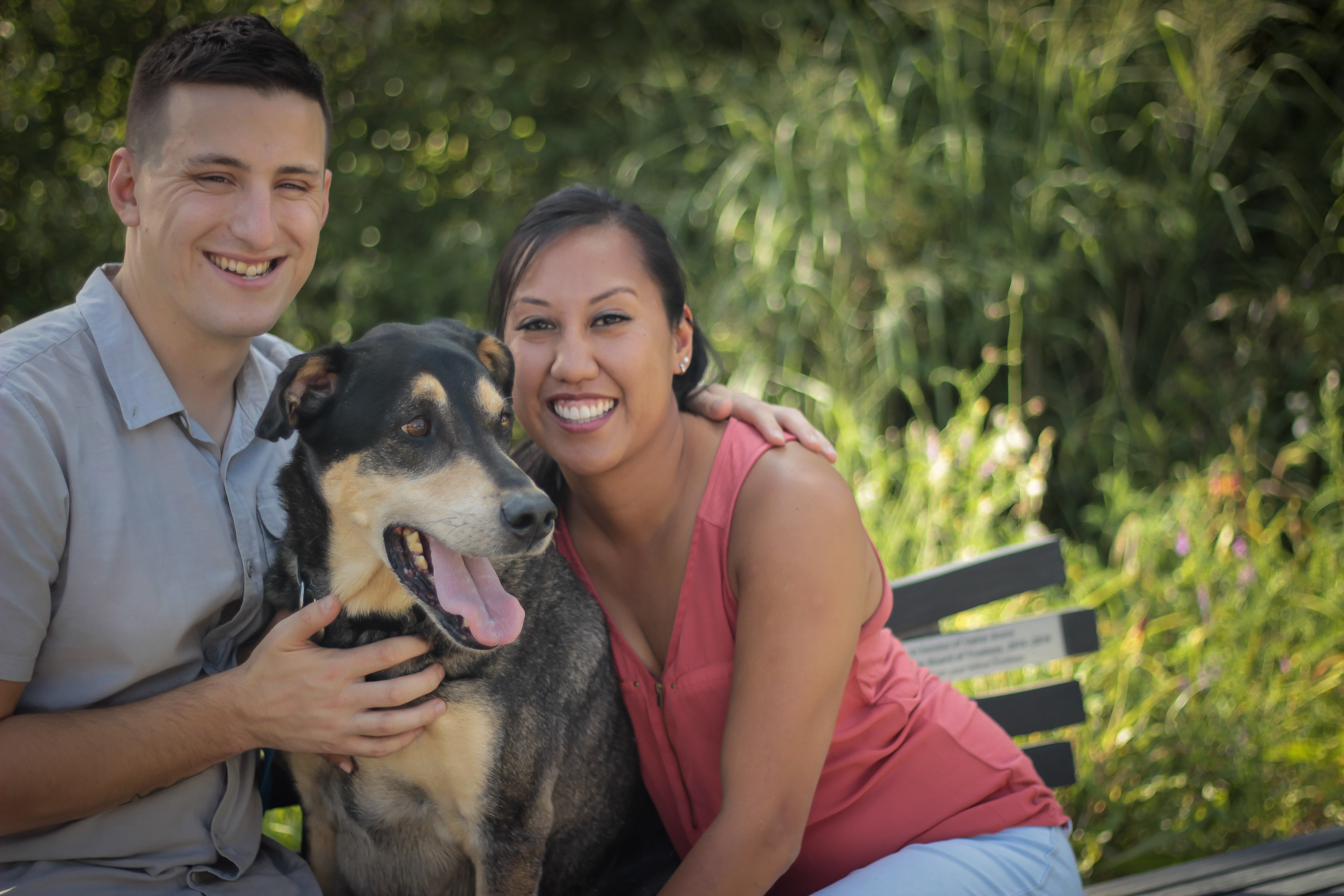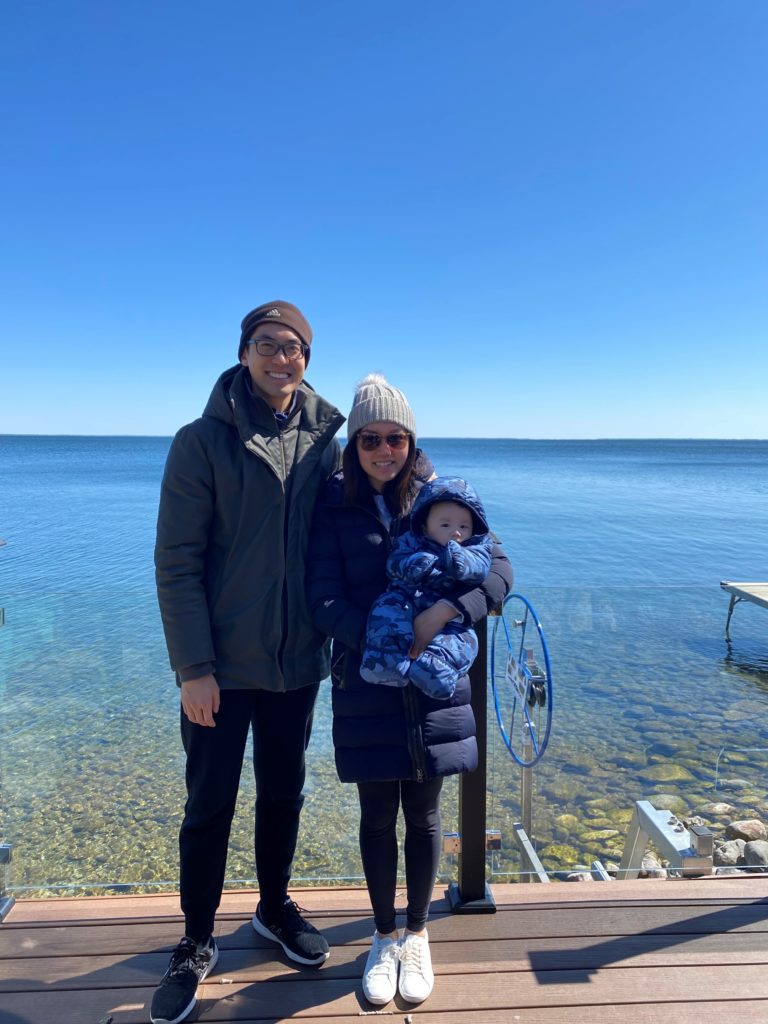

Paramedic Marivic Luchico can feel her back aching. She has answered six 9-1-1 calls during her 12-hour shift – more than her normal patient load of 4-5 calls. It has taken a toll.
She is now on her seventh and last call for the day in Richmond Hill, ON. It comes from a low-rise apartment building with no elevator. Marivic and her partner leave the stretcher on the ground floor and carry a specialized “stair chair” – a mere 30 pounds compared to the 100-pound stretcher – up three flights of stairs to their patient. She anticipates this patient, who is experiencing shortness of breath, may test positive for COVID-19. She checks that her mask is snug and her face shield is in place before entering. After assessing the patient, Marivic and her partner lift him onto the stair chair – an additional 200 pounds – and carry him down the two flights of stairs, and then onto the stretcher. Upon arrival at the hospital, she rolls the patient in and lifts him onto a bed.
That’s just a snapshot of what Marivic experiences during a 12-hour shift. Throughout her shift, she bends over, kneels, lifts and turns patients. The result? Chronic back pain.
“About two years after becoming a paramedic, I started experiencing sciatica-type pain from all the lifting,” she says. “Massage therapy was not enough so I looked for other ways to help mediate the symptoms. My chiropractor was the one that made a huge difference.”
That chiropractor is Dr. Adrian Chow. He treats many frontline workers – nurses, physicians, personal support workers. He has seen a trend in elevated pain levels, which he at least partially attributes to the additional mental stress these workers experience during a pandemic.
“I find that mental stress and physical stress are highly correlated,” Dr. Chow says. “We are hearing about frontline workers having burnout. They’re working double shifts because their colleagues have to be quarantined. There are limited resources. They’re dealing with more people who are really ill. That all takes a toll on their mental and physical health.”
Dr. Chow posts exercise and stretching videos on his Instagram account to help his patients and the public.
Marivic says paramedics are attending to more patients as call volumes increase and colleagues self-isolate or take stress leave. She also believes some patients delay calling 9-1-1 until their symptoms are severe, fearful of being in hospital while the threat of COVID-19 is high. About half of her calls are for patients who test positive for the virus, often experiencing shortness of breath or presenting with flu-like symptoms. This has affected Marivic, leading to tension headaches and low back pain.
“At the beginning of the pandemic when everything was closed, I was taking way more Advil and Tylenol Back Pain. It was all I had to rely on,” she says. “I’ve cut back on those a lot because I’m able to see Dr. Chow again. It makes a big difference. I hold all my stress in my posture and he helps release that tension.”
Marivic is grateful for Dr. Chow’s expertise and ability to keep her healthy and mobile: “I’m still able to go into work because I don’t have an excruciating headache every shift. And that translates into having another ambulance on the road.”




Emerging trends
While juggling an emerging pandemic, closure of his clinic and a new addition to his family, Dr. Chow began noticing a change in the demographics of his patients. Specifically, an influx of younger people in the 20- to 30-year old range.
He believes that many of them previously had to commute long hours for work and school. Now that they are largely working from home, they have more time and are in the area more often to seek out his treatment. “It’s nice to treat a younger demographic. It’s easy to relate to them.”